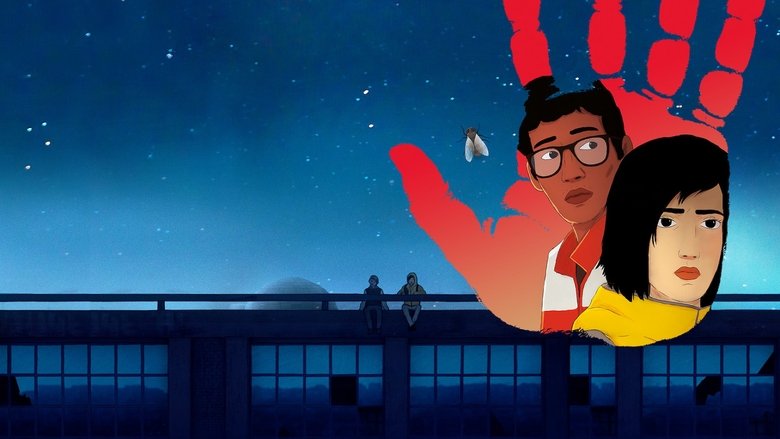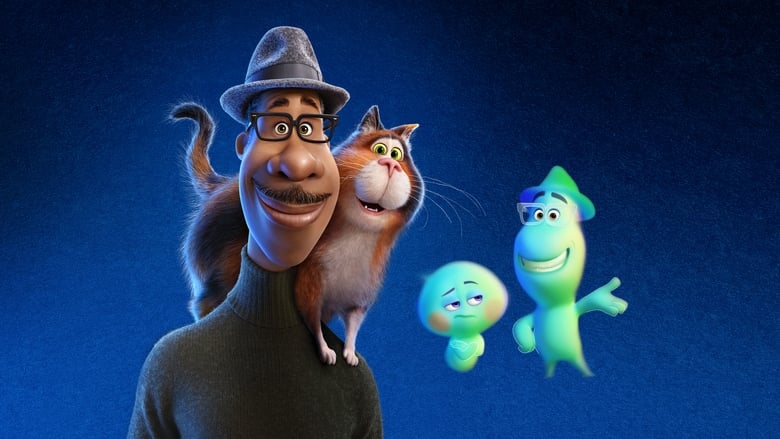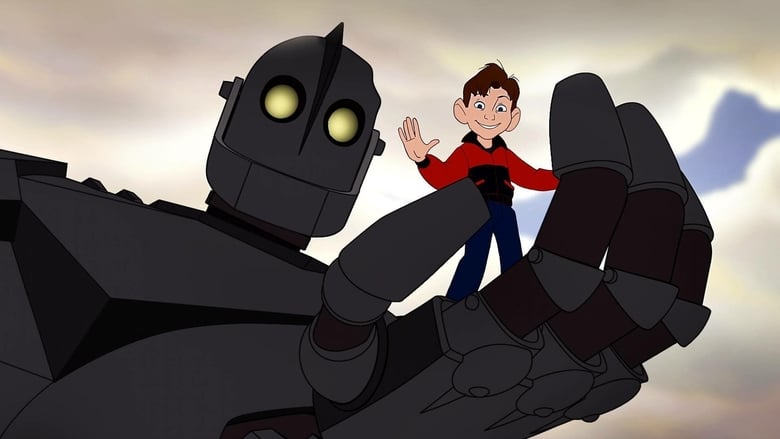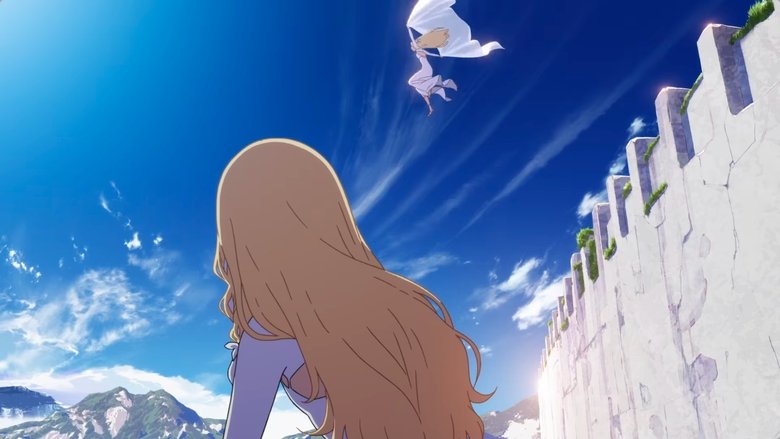Top animated films that will make you cry
Animation isn't just for laughs and adventure; it possesses a unique power to explore the depths of human emotion, including profound sadness. This list delves into some of the most poignant animated features that are guaranteed to tug at your heartstrings.



For many, animation is synonymous with childhood innocence and lighthearted fun. However, this incredible medium has a long and rich history of tackling incredibly difficult and melancholic themes with unparalleled artistry and emotional resonance.
Films like "Grave of the Fireflies" are legendary for their devastating portrayal of the human cost of war, proving that animation can depict tragedy with a raw intensity that rivals live-action. Others, like "Watership Down" or "When the Wind Blows", use seemingly simple character designs to tell complex, often heartbreaking stories about survival, loss, and the harsh realities of the world.
Even mainstream animated features from major studios aren't afraid to explore sadness. Pixar, for instance, has mastered the art of blending humor and joy with moments of profound grief and melancholy, as seen in films like "Up" or "Coco", which explore themes of loss, memory, and the afterlife in deeply moving ways.
Watching sad animated movies can be a cathartic experience. They remind us that animation is a versatile art form capable of evoking a wide spectrum of feelings, often leaving a lasting impact long after the credits roll. Prepare your tissues, because these films don't shy away from the difficult stuff.
14. Weathering with You (2019)
Directed by Makoto Shinkai, the filmmaker behind the global hit Your Name, this movie tells the story of Hodaka, a high school boy who runs away to Tokyo and befriends Hina, an orphan girl with the mysterious ability to control the weather.
Known for Shinkai's breathtakingly detailed animation of everyday Japanese landscapes and stunning weather effects, the film blends romance, fantasy, and environmental themes. While it has dramatic and emotional stakes, particularly concerning Hina's power and its consequences, it's generally less focused on sustained sadness compared to Shinkai's other works or the other films on this list, leaning more into adventure and magical realism.

13. I Lost My Body (2019)
This unique French animated film, which won the Nespresso Grand Prize at Cannes, tells its story from two perspectives: that of a young man named Naoufel and, perhaps more unusually, that of his severed hand. The hand escapes a laboratory and goes on a journey across Paris to be reunited with its body.
The film is less about overt sadness and more about longing, fate, and the search for connection. The hand's perspective provides a fascinating, tactile view of the world, while Naoufel's story explores themes of isolation and missed opportunities. It's a melancholic, poetic, and visually striking film that offers a truly different kind of emotional experience.

12. Soul (2020)
From the creators of Inside Out, Soul delves into even more abstract concepts: the afterlife, the purpose of life, and where personalities come from. Joe Gardner, a middle-school band teacher with a passion for jazz, finally gets his big break, but an accident causes his soul to be separated from his body.
He ends up in the 'Great Before,' a place where new souls get their personalities before going to Earth. The film is visually inventive, with a unique style for the soul world, and features a blend of jazz compositions by Jon Batiste and a score by Trent Reznor and Atticus Ross. It's a philosophical and sometimes melancholic exploration of finding your 'spark' and appreciating the simple joys of living.

11. The Iron Giant (1999)
Brad Bird's directorial debut is a beloved classic set during the Cold War. It tells the story of Hogarth Hughes, a young boy who discovers a giant alien robot. Despite the initial fear and suspicion from the townsfolk and the military, Hogarth befriends the Giant, teaching him about life and morality.
The film beautifully explores themes of identity, prejudice, and the choice to be who you want to be, not what others expect. While full of humor and adventure, the underlying tension of the Cold War setting and the Giant's struggle with his destructive nature lend a serious, sometimes sad, tone. Vin Diesel provided the voice for the Giant, famously only saying a few words.

10. Inside Out (2015)
Another brilliant concept from Pixar, directed by Pete Docter, this film personifies human emotions as characters living inside the mind of a young girl named Riley. When Riley moves to a new city, her core emotions—Joy, Sadness, Anger, Fear, and Disgust—struggle to navigate the change.
The film does a remarkable job of explaining complex psychological concepts in an accessible way, particularly highlighting the essential role of Sadness. The journey of Riley, and the emotions within her, is poignant and at times very sad, dealing with themes of growing up, loss of childhood innocence, and the importance of processing difficult feelings. The character of Bing Bong, Riley's imaginary friend, is central to some of the film's most emotional moments.

9. The Lion King (1994)
A cornerstone of the Disney Renaissance, this film draws heavily on Shakespeare's Hamlet to tell the story of Simba, a young lion prince who is driven into exile after the death of his father, Mufasa, orchestrated by his villainous uncle Scar.
The depiction of Mufasa's death and Simba's subsequent guilt and flight is one of the most iconic and saddest moments in animated film history for many viewers. With a powerful score by Hans Zimmer and classic songs by Elton John and Tim Rice, the film explores themes of responsibility, grief, and the 'Circle of Life' with significant emotional weight.

7. Up (2009)
While ultimately an adventurous and uplifting Pixar film, Up earns its place on this list for its opening sequence, which is widely regarded as one of the most emotionally impactful and saddest montages in cinema history. It wordlessly tells the life story of Carl Fredricksen and his wife Ellie, showcasing their dreams, joys, and heartbreaks.
Scored beautifully by Michael Giacchino, this section alone is enough to bring tears to many eyes. The rest of the film follows Carl's journey, still grappling with loss, as he takes his house on an adventure to Paradise Falls, unexpectedly joined by a young Wilderness Explorer named Russell.

6. Maquia: When the Promised Flower Blooms (2018)
This is the directorial debut of acclaimed screenwriter Mari Okada, known for her emotionally resonant works. The story centers on Maquia, a young girl from a race of immortal beings called the Iorph, who are weavers of special cloths called Hibiol.
When her peaceful homeland is invaded, she is forced to flee and finds an orphaned human baby, Ariel. The film chronicles their relationship over decades, exploring themes of motherhood, loss, and the pain of watching loved ones age and die while you remain unchanged. The animation is stunning, and the narrative is a deeply moving, often melancholic, meditation on time and connection.

5. The Breadwinner (2017)
Executive produced by Angelina Jolie and directed by Nora Twomey (The Secret of Kells), this film is set in Afghanistan under Taliban rule and tells the story of Parvana, a young girl who disguises herself as a boy to provide for her family after her father is unjustly arrested.
The hand-drawn animation is beautiful, contrasting with the harsh realities of life depicted. It's a story of courage, resilience, and the power of storytelling in the face of oppression. The film highlights the struggles faced by women and girls in this environment and is a powerful, often sad, look at their fight for survival and hope.

4. Watership Down (1978)
Don't let the cute rabbits fool you; this animated adaptation of Richard Adams's novel is a serious and often brutal story about survival, freedom, and the search for a safe home. A group of rabbits flees their doomed warren, facing numerous dangers, predators, and hostile rabbit societies on their perilous journey.
Despite being animated, the film is known for its surprisingly graphic violence and mature themes, which initially earned it an unexpected U (Universal) certificate in the UK before being re-rated. The distinctive animation style and haunting score contribute to its unique, melancholic atmosphere.

3. The Plague Dogs (1982)
From Martin Rosen, the director of Watership Down, comes an even darker and more pessimistic adaptation of another Richard Adams novel. This film follows two dogs, Snitter and Rowf, who escape from a cruel animal testing laboratory in the Lake District of England.
Their desperate bid for freedom is plagued by misunderstanding, persecution, and the harsh realities of the wilderness, all while being hunted by humans who believe they carry a deadly plague. The animation is gritty, and the story is relentlessly bleak, exploring themes of animal cruelty, scientific ethics, and the tragic consequences of fear and ignorance. It's a challenging watch, but a deeply affecting one.

2. When the Wind Blows (1986)
Based on the graphic novel by Raymond Briggs, this British animated film delivers a quiet, yet utterly heartbreaking portrayal of an elderly couple, Jim and Hilda Bloggs, trying to survive a nuclear attack using only government pamphlets and naive optimism.
Their quaint, everyday dialogue in the face of unimaginable horror makes the film profoundly unsettling and sad. The animation style contrasts the simple, hand-drawn characters with starkly realistic depictions of the post-apocalyptic landscape. It's a powerful anti-war statement that lingers long after the credits roll.

1. Grave of the Fireflies (1988)
Prepare your tissues. Directed by Isao Takahata for Studio Ghibli, this film is based on Akiyuki Nosaka's semi-autobiographical short story, offering a stark, unflinching look at the human cost of war through the eyes of two siblings in Kobe during World War II.
The animation is beautiful, but the story is devastatingly real, depicting their struggle for survival amidst starvation and indifference. Takahata deliberately avoided a typical narrative arc, aiming instead for a direct emotional impact. It's often paired with My Neighbor Totoro as a double feature in Japan, a stark contrast showcasing Ghibli's range.

